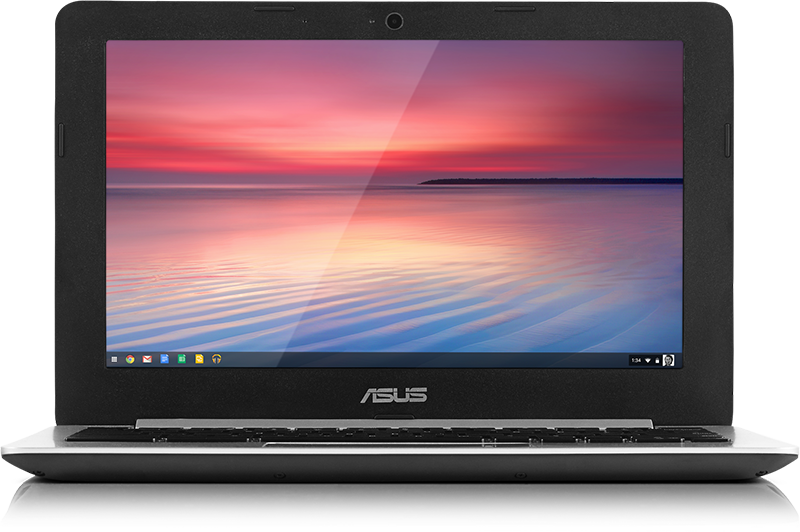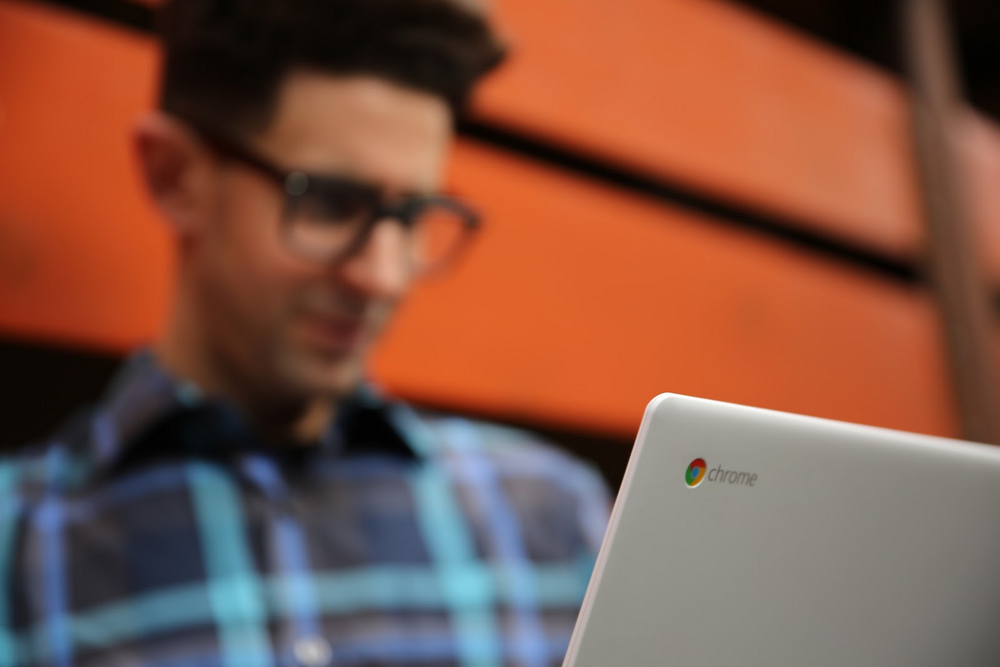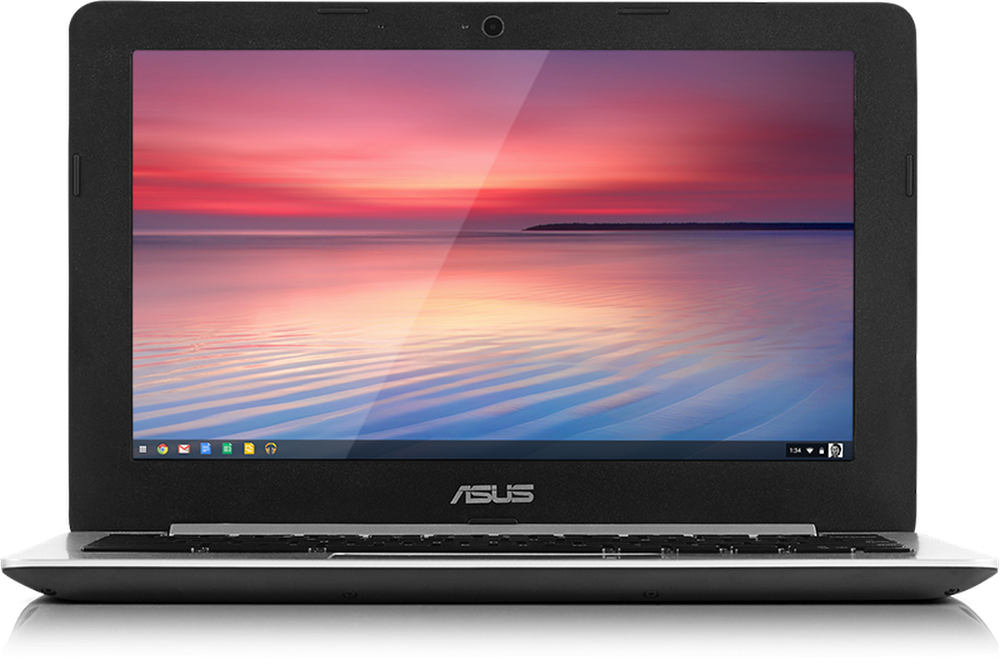Editor's Note: Today on World Teachers’ Day we want to shine light on the creative power of teachers worldwide. Over the next few months we’ll share a series of teacher stories, building towards a global online gathering of educators on December 3: Education on Air. Join the movement by sharing what teachers mean to you with #ItTakesATeacher.
In ninth grade, a science teacher named Grady Clay taught me that science is more than what's in our textbooks. He encouraged me to get hands-on through a research project on aerodynamics. With his guidance, I built a wind tunnel, tested a hypothesis, wrote a paper on the results, and presented to a room of real scientists. Mr. Clay challenged me to be a self-starter and problem solver, which ignited a passion for science and engineering that continues to drive me today.

Everyone has a story about a teacher who changed the course of their lives. We want to support educators in that effort by building tools that help them reach their students and create more time for teaching. Today we’re excited to share that more than 20 million teachers and students use Google Classroom. From collecting assignments to staying in touch with guardians, teachers all over the world use Classroom to stay organized and save time.
And the number of students using Chromebooks has grown, too — today more than 20 million students worldwide are using Chromebooks to create, collaborate and communicate.
It takes a teacher to empower students with skills of the future
In preparation for World Teachers’ Day, we talked to teachers all over the world — new, experienced, tech-savvy and traditional — to hear how they equip students with skills of the future and the role technology plays in their lives.
We heard one theme again and again. To engage their students, teachers create, collaborate, communicate and think critically — and they empower their students to do the same. Take a look at a few of these powerfully creative teachers inspiring their students in the classroom:It takes a teacher to build a global community of educators
Today we’re announcing a way for teachers to share their creativity with one another: Education on Air, a free online conference to celebrate educators around the world and allow teachers to learn from each other.
Last year at the first Education on Air, more than 50,000 participants from almost every country heard from First Lady Michelle Obama, LeVar Burton, Michael Fullen and hundreds of educators about education and technology. This year, you can choose from 100+ sessions and engage with educators globally around key themes:
It takes a teacher to spark creativity: keynotes on skills of the future from Julia Gillard, Linda Darling Hammond, Professor Robert Winston, Jennie Magiera and many more.
It takes a teacher to improve student learning: research on how educators have transformed schools and measured their impact.
It takes a teacher to prepare students for the world: tips and tools to help boost student engagement, collaboration and productivity in the classroom.
Register today to join us on December 3 in the best seat in the house (your own!) to connect with other teachers, administrators and school leaders.
Finally, celebrating teachers shouldn’t be limited to just one day — or even one week — of the year. Join our movement to celebrate teachers like Mr. Clay every day by sharing what #ItTakesATeacher means to you and spreading the message to educators and supporters worldwide.
Happy World Teachers’ Day!




